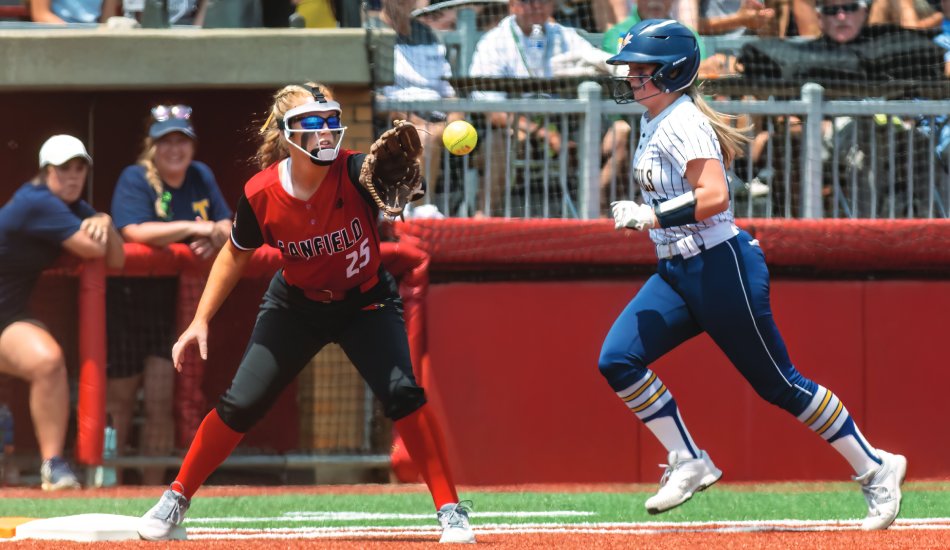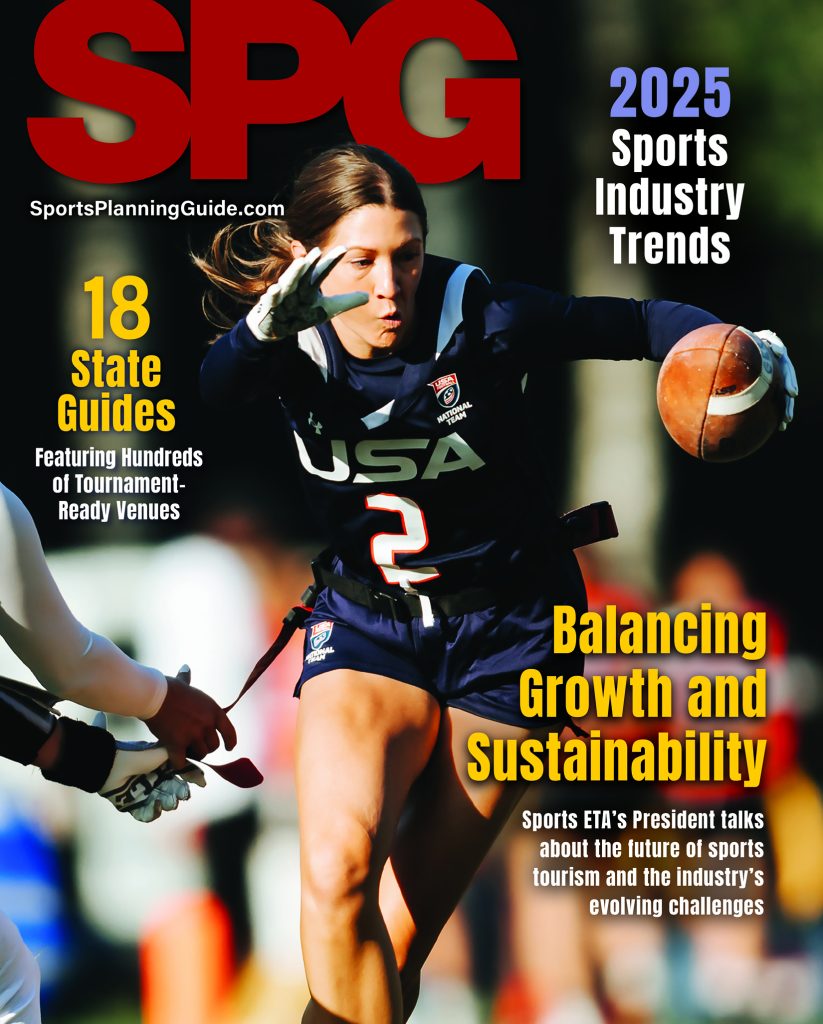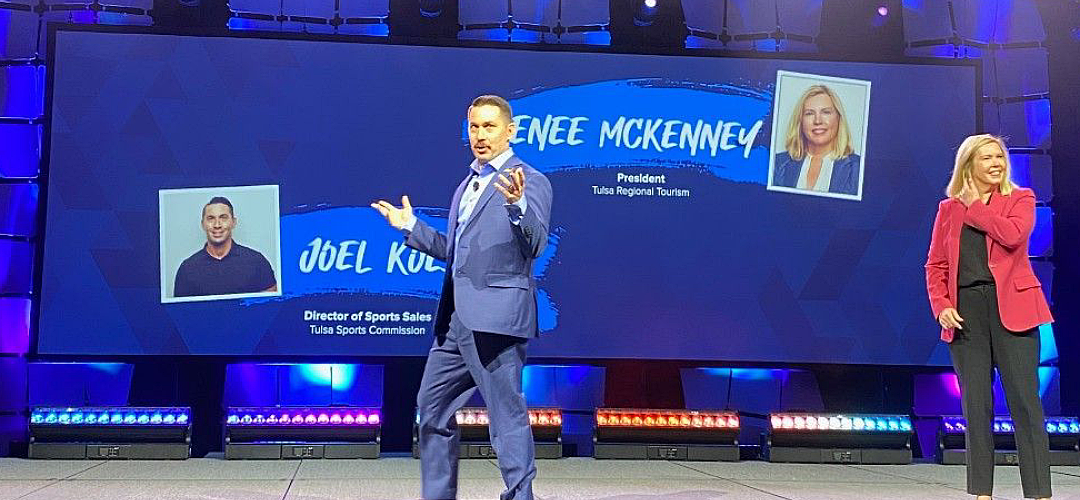Slow-pitch and fast-pitch softball are pushing for growth
The state of softball has witnessed a decline in overall participation since 2018, but is that actually a determining factor of the sport’s popularity? While the short answer is a resounding “no,” there are a few issues that need to be addressed for the long-term health of the sport at multiple levels and age groups.
Fluctuating participation is not an indicator of decline
While 2020 negatively impacted many sports, softball participation as a whole—slow-pitch and fast-pitch—had notably been on a slight decline already two years prior. However, Statista reported that since 2010, where the highest participation numbers were just shy of 11 million combined in the United States, numbers have actually fluctuated over the next ten years with the 2021 numbers showing fast-pitch in particular returning to the 2 million mark and steadily increasing. Slow-pitch softball on the other hand started to see a boost after 2021.
“The resilience of the slow-pitch softball community has been remarkable,” said Manuel T. Ferrero III, commissioner and founder of International Slow Pitch Softball. “Since 2021, we’ve seen a vibrant return to play, with participation levels rebounding and, in some areas, even exceeding pre-pandemic numbers. This resurgence is a testament to the passion that players, coaches and enthusiasts have [for the game].”
The return to regular play is an obvious part to play in any increase, but there has to be more to get young players back into both the slow-pitch and fast-pitch games. This is where convention and visitor bureaus (CVBs) are coming into play with more initiatives and events to pull in.
“[Quad Cities is] working with the state of Iowa on a sports marketing grant to help bolster a softball event in June of 2024, as this is one of the sports that we’d like to see grow further in the area,” said Joan Kranovich, vice president and business growth and director at Sports Quad Cities. “Our tournament rights holders and directors are telling us that numbers are strong for travel teams, especially those from Chicago, wanting to play softball in the Quad Cities.”
Putting together big events or drawing in existing ones via a bidding process or other means can help draw big numbers for both participants and guests. The bigger the event, or the more you can host, the more that sport will draw—as will the destination(s). This is why CVBs are critically important to more than bringing in visitors to boost tourist numbers as their moves can also help grow an entire sport at a local, regional or even national level. Draw in the right planner and everything can take off.

What are some of the issues softball is facing?
As travel teams become more of the norm for girls’ softball, high school softball in particular continues to decline despite the sport being a staple in the country for a long time. Determining factors are simple though, with a lack of funds in education to provide for high school softball programs, traveling teams become the more attractive option, but the out-of-pocket costs to parents increases by taking this route. If a family can’t afford for their child to play on a traveling team and the high school softball program is not receiving the funds it needs to thrive and provide adequate facilities and equipment for young women, then what other options do you have?
Schools will always put more funds towards programs that receive the highest amount of interest. If softball is not receiving enough funding, the answer here is to find ways to help provide more to local high schools in need. This often comes down to government decisions though, so it’s important to push officials to make the effort to provide better athletics for children.
For destinations that lack the weather to host more tournaments—be it a cold season or rainouts—facility numbers may not be able to keep up with the demand as playing days fluctuate. For destinations in the Midwest and Northeast, this is a common concern.
“I’ve been in this industry for more than a decade and I have seen a shift in the softball community,” said Kranovich. “We used to have a lot of ASA/USA Softball teams coming through the Quad Cities. We’ve become a strong USSSA market, but it has become tough to sanction outdoor USSSA softball events [here] due to the amount of softball events happening during the Midwest’s limited season of outdoor play.”
Softball in the United States is also witnessing a lack of umpire numbers. However, fault for this concern doesn’t fall onto the sport or a lack of funding, but rather the parents of participating athletes. Speaking with David Rocha, owner and general manager of Fastpitch Nation Park, the game is growing and doing well, but softball is losing more umpires each year than the sport is gaining.
“[Softball has] a serious trend that will hinder growth and may force the game to get smaller over the coming years—that being a serious lack of qualified umpires,” said Rocha. “The primary reason umpires are leaving is out-of-control parents that can make umpiring so unpleasant that they simply choose not to do it anymore. Those umpires that do stay are part of a smaller pool and hence supply and demand forces the price paid for umpiring services to rise quickly.”
The call to action here is for people to let the children play and enjoy their limited time in the spotlight with their teams—win or lose. These athletic experiences, minus the aggro shouting at officials, can help them grow into adulthood with communication and teamwork skills, healthier bodies and minds and a stronger ability to adapt to change, among other important qualities.
Softball’s push for changes and improvements highlight a healthy future
Slow-pitch and fast-pitch softball are still among the most popular sports in the United States. However, if we wish for the game to grow, there’s certainly plenty to change and improve upon. The fact that we’re aware is critical. We’re already seeing efforts being made by CVBs, local communities, tournament planners and more.
For the love of the game, it’s important to make the effort to signify to schools, officials and others that softball is critically important and that its future relies on the concerted efforts of a whole, not just a few—be it to speak up for the game or calm down for the players.
By Christopher D. Silbernagel





